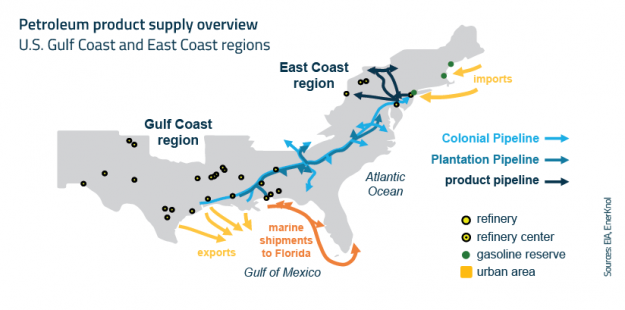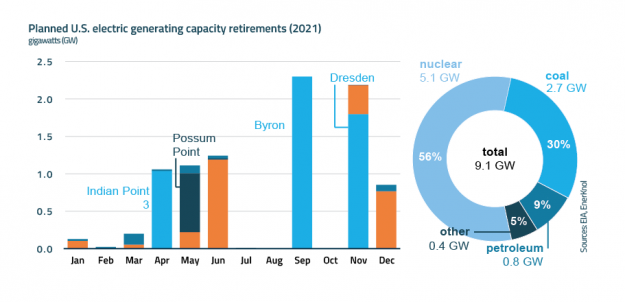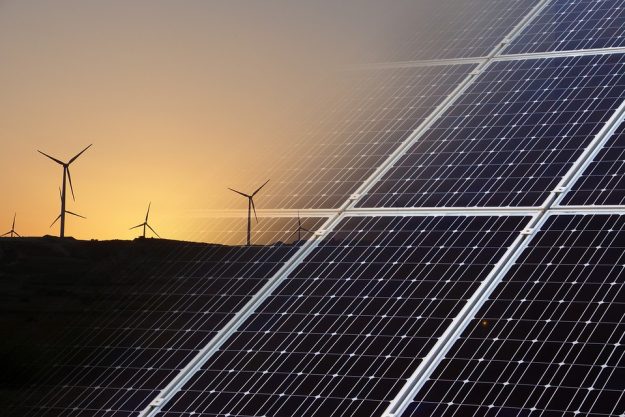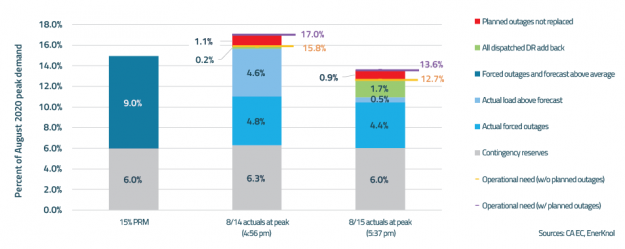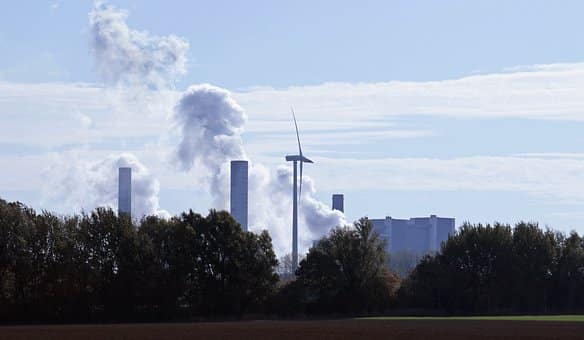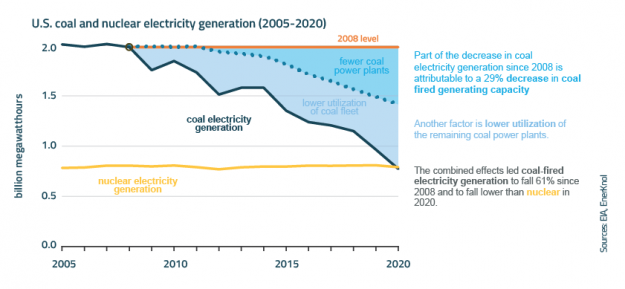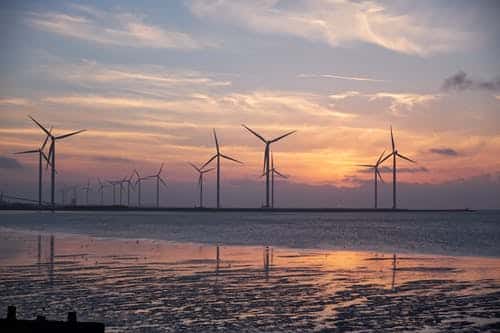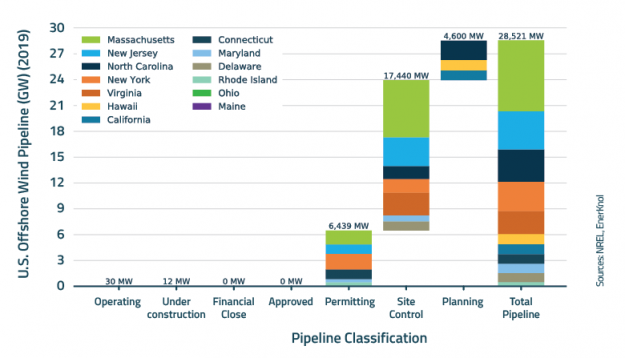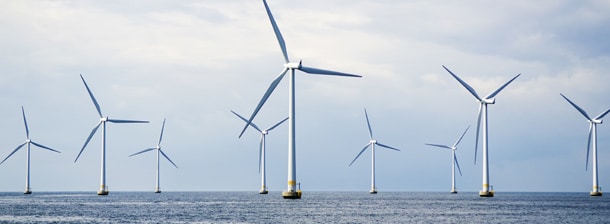Visual Primer: Rapidly Evolving Cyber Threat Landscape Reignites Concerns About Critical Infrastructure Vulnerability
A recent ransomware attack that shut down the Colonial Pipeline system, which supplies nearly half the fuel consumed on the East Coast, has elevated concerns about the use of cyberattacks to paralyze key infrastructure. The incident is the latest example of intrusions exposing U.S. cyber vulnerabilities, calling for stronger measures to secure the nation’s energy pipelines and critical infrastructure against increasingly sophisticated and malicious attacks.
